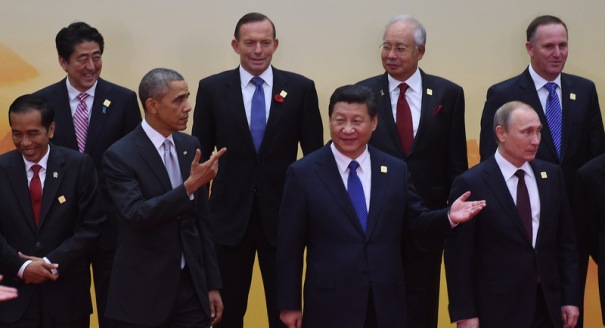Play all audios:
While the United States remains one of the Asia-Pacific’s key security providers, it will have to tailor its economic diplomacy if it wants to compete in the new Pan-Asian architecture of
the region.
The Asia Program in Washington studies disruptive security, governance, and technological risks that threaten peace, growth, and opportunity in the Asia-Pacific region, including a focus on
China, Japan, and the Korean peninsula.
Speaking on CNBC, Carnegie’s Evan Feigenbaum discussed the premise of his article in Foreign Affairs, “The New Asian Order.” He argued that the first Asian financial crisis of 1997-8 laid
the foundations for the pan-Asian architecture present in the Asia-Pacific region today. As Asian countries struggled to revitalize their economies, they did not think they could rely on the
United States for help. Asian countries began to look to each other for economic assistance, which resulted in the multitude of currency swap and trade agreements in effect today.
Feigenbaum said that the major question for the United States going forward is ‘What is the U.S. role going to be vis-à-vis these architectures?’
The Asia Program in Washington studies disruptive security, governance, and technological risks that threaten peace, growth, and opportunity in the Asia-Pacific region, including a focus on
China, Japan, and the Korean peninsula.

